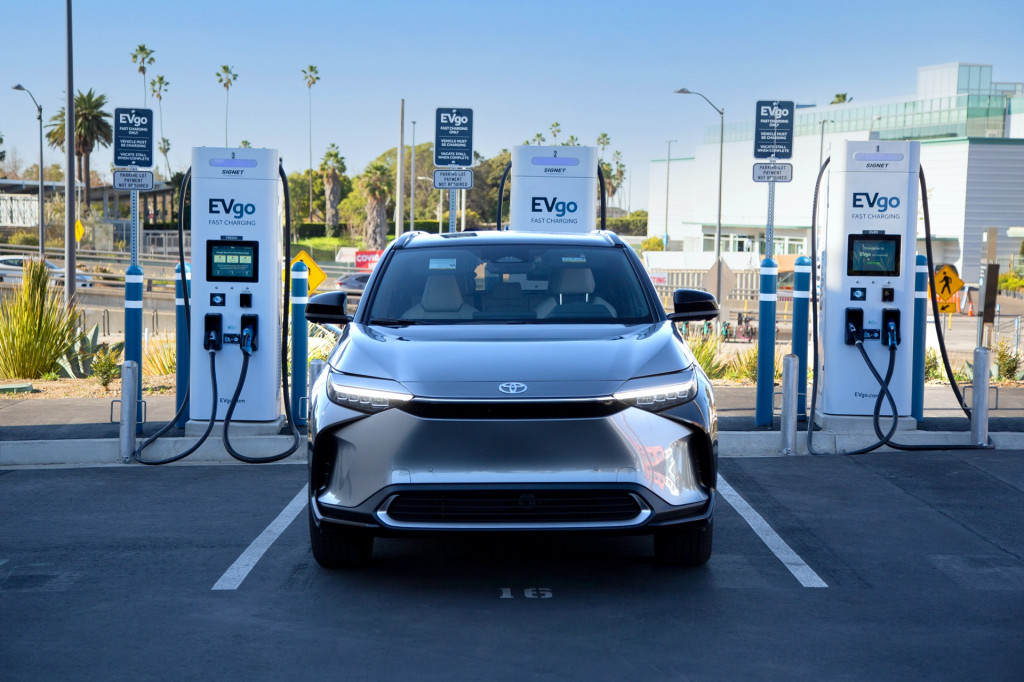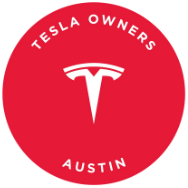- Owners report significantly more issues with third-party charging networks like Shell Recharge, EVgo, or Blink compared to Tesla
- Rivian’s proprietary charging network ranked second only to Tesla in terms of reliability
- Hardware-related problems are now more common than payment issues at charging stations
A recent survey conducted by Consumer Reports revealed that charging networks operated by Tesla and Rivian had lower instances of issues compared to non-automaker networks.
According to the survey, electric vehicle owners encountered problems in 20% of public charging sessions, based on responses from CR’s EV Charging Community project.
The survey collected data from approximately 5,700 charging sessions involving 1,230 EV and plug-in hybrid owners. While there wasn’t much regional variation in reported problems, the rate of issues varied significantly across different networks.
Respondents reported problems at Tesla charging stations 4% of the time, and at Rivian-operated chargers 5% of the time. In contrast, issues occurred 48% of the time at Shell Recharge stations, 43% at EVgo stations, and 41% at Blink stations. Notably, all these poorly-rated networks are third-party providers not affiliated with automakers.

Tesla Supercharger
Rivian introduced a grading system for charging experience through its route planner last year, which seems to have positively impacted user satisfaction. Although a previous J.D. Power study suggested Tesla Supercharging was losing its edge, this recent survey indicates otherwise.
The most commonly reported issues were hardware-related, accounting for 36% of problems. “Other issues” made up 25% of reports, followed by payment problems (23%) and charging power (15%). Interestingly, payment problems, which used to dominate, have now taken a back seat.
Among hardware problems, broken screens were the most frequent at 76%. Other issues included damaged charging cables/connectors (10%), chargers unable to connect due to ice blockage or damage (9%), and short cables (5%).

2023 Toyota bZ4X at EVgo charging station
Of those reporting payment issues, 56% were able to pay but faced other hindrances, 25% couldn’t pay at a specific charger and had to move, and 19% experienced payment acceptance without charging initiation.
Consumer Reports suggests maintaining multiple accounts with saved payment details to facilitate smooth transactions in case of charger interface problems.

Blink Level 2 charging station at Firestone service center
Adhering to general charging best practices, like limiting fast-charging to 80% and preconditioning the battery before arrival, can enhance the charging experience. Consumers prioritize getting some charge within a reasonable duration over the absolute charge rate.
With the rapid expansion of automaker-funded charging networks like Ionna, future updates from this dataset might shed light on consumer satisfaction levels.

